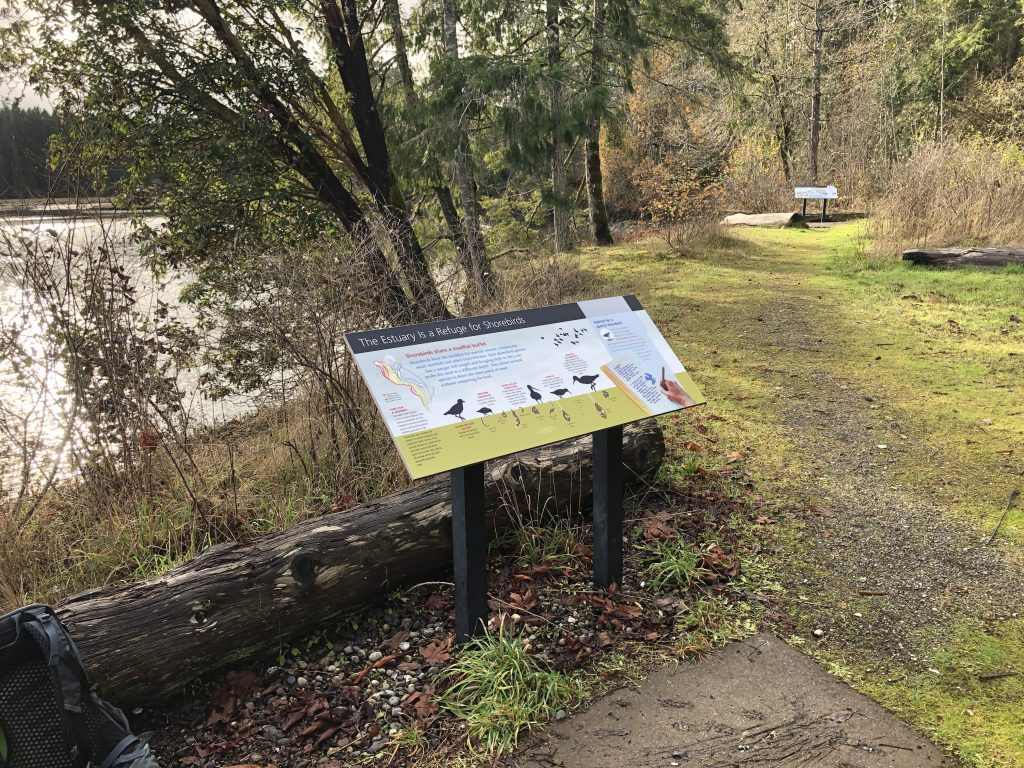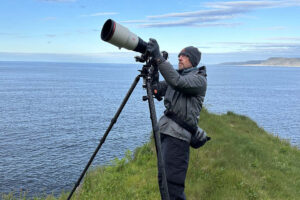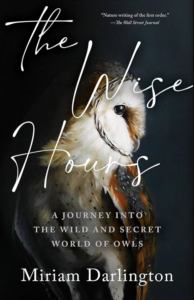Anders Price
Maps Kennedy Creek Estuary eBird: Kennedy Creek Estuary

This rich estuary empties into Oyster Bay at the end of Totten Inlet between Olympia and Shelton. A healthy November chum salmon spawning run in Kennedy Creek provides plenty of nutrients for many animals, including birds. In December, Bald Eagles fight over salmon bits, and the shorebird flocks of Dunlin and Black-bellied Plover are sometimes strafed by a Peregrine. It’s also a good location to study gulls and a variety of dabbling and diving ducks, and an occasional mixed flock of songbirds can add to the fun. A quick visit on at good tide level on November 25th revealed 6 Black-bellied Plovers, 160 Dunlin and 7 Bald Eagles, as well as many gulls and a variety of ducks.
The public access site is reached by a very short trail and features good vantage points over the estuary and bay. Interpretive signage details the relationship between salmon, marsh and birds. A spotting scope is helpful. Cell service is good, there are no facilities, and a Discover Pass is required. There are no restroom facilities.

Location address is 1350 SE Old Olympic Highway, Shelton, WA 98584. From Olympia, follow Highway 101 towards Shelton and turn right at the second yellow sign for Old Olympic Highway. From Shelton, follow 101 towards Olympia. About 1.5 miles past the Little Creek Casino, turn left at Old Olympic Highway. Either way, the trailhead is located a short distance up the road on the shoulder on the water side (not at the lot just off the highway).
The tides here are important to consider. High tides can be up to plus 16 feet above sea level. In early December this year, there are high tides in the morning that will cover all the shorebird feeding areas, while a low will scatter the shorebirds over a huge uncovered area of Oyster Bay. A good rule of thumb for working around the tides is to aim for viewing roughly three hours before or after the high. For more precision, experimentation showed that a good water level is between 9 feet and 10.5 feet. The internet provides a nifty way to find out when these levels occur via the WillyWeather website.From the Oyster Bay chart, use your cursor to slide the bar over the chart. You’ll see the tide level for any time you choose.

State wildlife biologist Joseph Buchanan regularly monitors the estuary, and offers the following insights:
“I have been visiting the Kennedy Creek Estuary for over 40 years, for the last 20 years attempting to visit once every 5-day period. There have been some substantial changes in that time. Peregrine Falcons did not use the site in the 1980s and only began to be regular there about 20 years ago. In their absence, the Merlin was the apex falcon predator. When peregrines recovered and began using the site, the number of several shorebird species declined steadily. This same pattern had been documented in a study in British Columbia, where researchers concluded that small sites had become dangerous for sandpipers as peregrine abundance increased across the region. In response to this heightened danger, the sandpipers have moved to larger sites, even if food resources at small sites were more profitable.
Increases in the size of the chum salmon escapement since the 1980s has possibly influenced the abundance of Black-bellied Plovers and Greater Yellowlegs. The former increasing (until peregrines showed up and then their numbers decreased), and the latter decreasing (possibly because the out-migrating salmon compete for small fish).
Bald Eagle numbers are way up during the chum salmon run compared to the 1980s. I have seen about 200 bird species at the site.”

Nearby Ad-on Trip
You can visit an upstream part of the creek at the site of the Kennedy Creek Salmon Trail. The trail does not operate in December, but it is accessible by walking the half mile dirt road to the trail parking. Look for American Dipper and listen for Northern Pygmy Owl, among others species (nose warning: there will be plenty of spawned out dead salmon at this time of year). The Department of Natural Resources recently purchased the site of the trail, as well as much of the riparian corridor. Uphill from the salmon trail, the surrounding area is managed by Green Diamond Resource Company and is currently accessible for non-motorized recreation, again using dirt roads.
To reach the trailhead from the estuary, return to 101 and go straight across onto West Old Olympic Highway. Continue for about a half mile, crossing a concrete bridge over the creek. Look for a gravel road on the right with a heavy orange gate. Park on the shoulder opposite the gate. If the gate is open, it’s still best to walk in as the gate may be locked at any time. Many people use this area for outdoor recreation, but car prowls have been reported.
Link to Department of Natural Resources page about the Kennedy Creek Natural Area Preserve: https://www.dnr.wa.gov/KennedyCreek
Photos by Anders Price and son
BEFORE YOU GO:
Before heading off for a birding adventure, here are some things to consider –
1. It’s always best to have a partner with you – both to maximize the joy and to minimize the risks. BHAS cannot ensure that these locations are totally safe.
2. Don’t forget to bring your mask and hand sanitizer. Have your mask handy and put it on when passing another person not in your party.
3. Leave valuables at home.
4. Check the weather and the bird reports before heading out. An easy way to check what birds have been seen is through Birder’s Dashboard http://birdingwashington.info/dashboard/. It is a simple way to research a species, place, or checklist.







